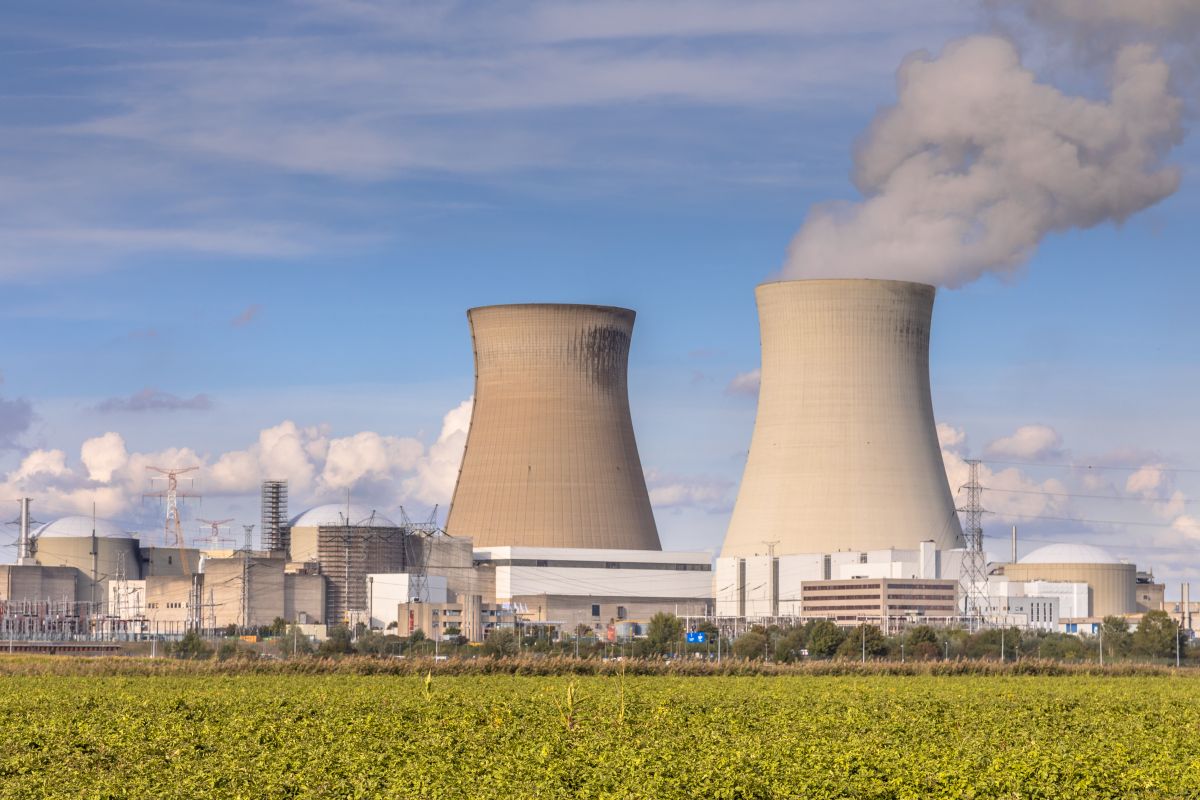Small Modular Reactors (SMRs) represent a promising frontier in nuclear energy, offering scalable, efficient, and safer alternatives to traditional large reactors. As the world shifts toward cleaner energy solutions, SMRs are poised to play a critical role in reducing carbon emissions while meeting global energy demands. However, the journey to widespread adoption is full of innovation challenges and regulatory complexities.
Key Innovations Driving Small Modular Reactors
SMRs stand out for their compact designs, enhanced safety features, and modular construction. Here are the key innovations propelling their adoption:
- Advanced Reactor Designs: SMRs utilize cutting-edge designs, such as gas-cooled or molten salt reactors, to enhance efficiency and safety. These designs allow for lower operating pressures, reducing the risk of catastrophic failure.
- Enhanced Safety Mechanisms: Unlike traditional reactors, SMRs incorporate passive safety systems that function without human intervention or external power. This makes them inherently safer, especially in extreme conditions.
- Modular Construction: SMRs are built in factory settings and transported to sites for assembly. This modular approach reduces construction time, costs, and risks associated with large infrastructure projects.
- Adaptability to Renewable Integration: SMRs can operate flexibly alongside renewable energy sources, providing reliable baseload power or adjusting output to complement fluctuating solar and wind energy production.
- Cost-Effectiveness: Due to their smaller size and modular construction, SMRs are expected to lower upfront capital costs, making nuclear energy more accessible to a broader range of stakeholders.

Navigating Regulatory Hurdles
While the innovations in SMRs are groundbreaking, regulatory frameworks remain a significant challenge. Current nuclear regulations are primarily tailored for large reactors and are often inflexible for the unique characteristics of SMRs.
One major hurdle is the licensing process. Existing regulations often require extensive reviews that are costly and time-consuming, deterring new entrants and slowing progress. The modular design and smaller capacities of SMRs require tailored regulatory approaches that recognize their inherent safety features and simplified operations. For instance, passive safety systems in SMRs reduce reliance on human intervention, yet these features often fall under the same stringent review processes as traditional reactors.
Regulatory bodies are working to adapt existing frameworks to accommodate SMRs. For instance, the Nuclear Regulatory Commission (NRC) is developing guidelines to streamline licensing. However, ensuring safety while fostering innovation is a delicate balance. Policymakers must address several key areas such as:
- Standardization: Developing standardized designs that can be universally approved is crucial to reducing licensing complexity.
- Public Perception: Misinformation and public skepticism about nuclear energy hinder progress. Transparent communication and public engagement are essential to gaining trust.
- Cost Implications of Compliance: The high costs of meeting stringent safety standards can discourage investment in SMRs. Streamlined regulations that maintain safety without unnecessary burdens are needed to spur adoption.
Global collaboration among governments, regulatory agencies, and private stakeholders is vital to overcoming these challenges.
Conclusion
Small Modular Reactors symbolize the future of nuclear energy, offering an innovative, scalable solution to meet the world’s growing energy demands sustainably. With advanced designs, enhanced safety features, and cost-effective modular construction, SMRs have the potential to revolutionize the energy landscape. However, navigating regulatory hurdles remains a key challenge that requires global collaboration, standardized frameworks, and proactive public engagement. By addressing these challenges, SMRs can become the cornerstone of a cleaner, more sustainable energy future.
Disclaimer: Any opinions expressed in this blog do not necessarily reflect the opinions of Certrec. This content is meant for informational purposes only.












